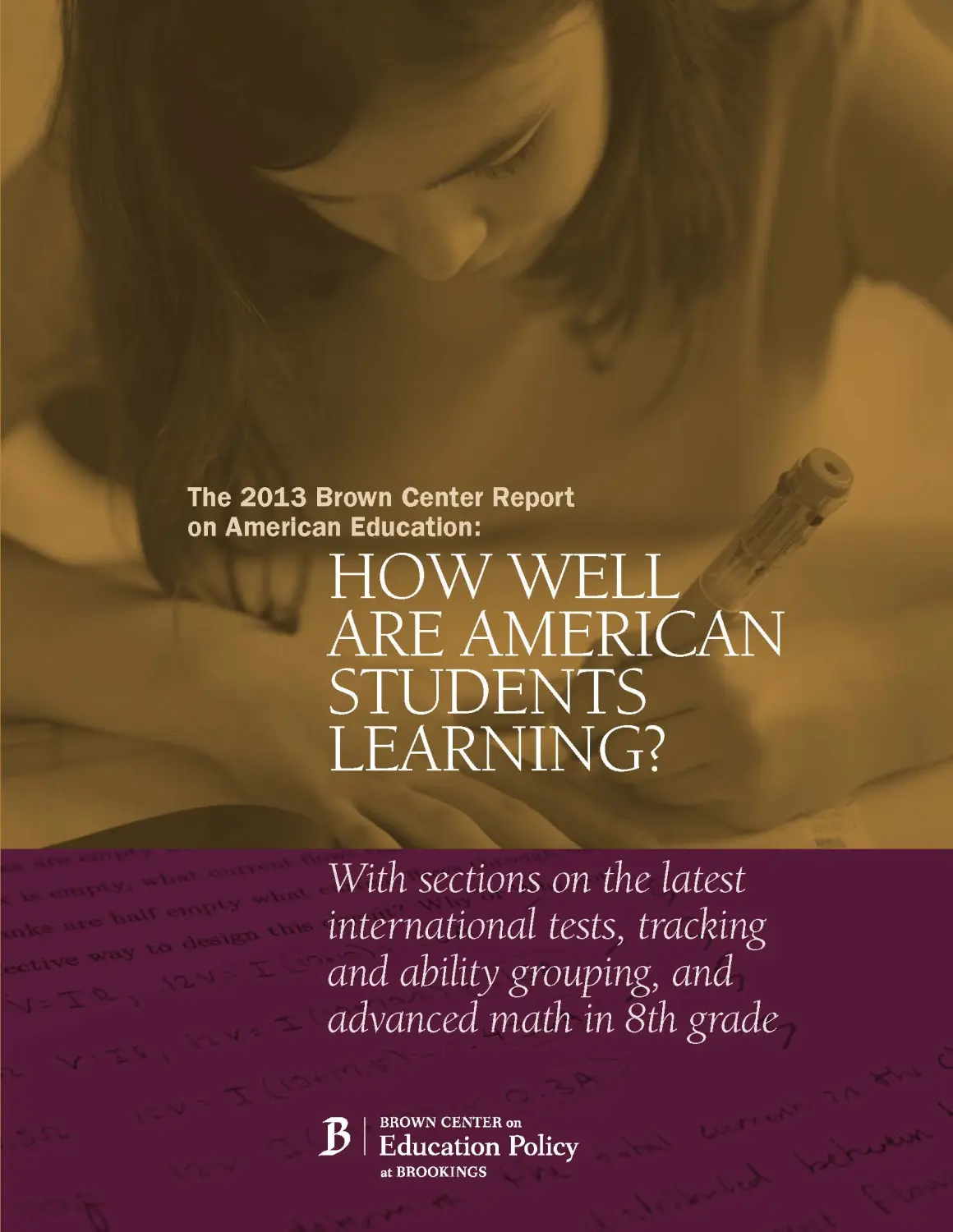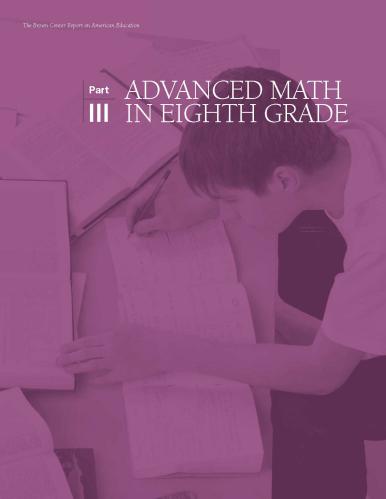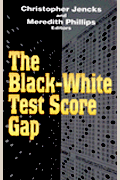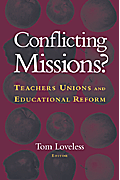The introduction to the 2013 Brown Center Report on American Education appears below. Use the Table of Contents to navigate through the report online or download a PDF of the full report.
Table of Contents
PART I: The Latest TIMSS and PIRLS Scores
PART II: The Resurgence of Ability Grouping and Persistence of Tracking
PART III: Advanced Math in Eighth Grade
INTRODUCTION
This is the twelfth edition of the Brown Center Report. The structure of the report remains the same from year to year. Part I examines the latest data from state, national, or international assessments. This year the focus is on the latest results from the Progress in International Reading Literacy Study (PIRLS) and Trends in International Math and Science Study (TIMSS) released in December, 2012. The U.S. did relatively well, posting gains in reading, math, and science. Finland made headlines by registering declines from the last time it took the TIMSS math tests. At both fourth and eighth grades, the scores of Finland and the U.S. are now statistically indistinguishable in math. Part I also looks at the so-called “A+ countries,” named that because they were the top nations on the first TIMSS, given in 1995. Part I offers “A Progress Report on the A+ Countries,” and finds that, surprisingly, three of the six have registered statistically significant declines since 1995. Despite that, most of the A+ countries still score among the world’s leaders. The exception is the Czech Republic, which scored at approximately the international average the last time it took TIMSS in 2007.
Part II explores a perennial theme in education studies—the topics that never seem to go away in terms of research and debate. This year it’s on the controversial topics of tracking and ability grouping. An analysis of data from the National Assessment of Educational Progress (NAEP) documents a resurgence of ability grouping in fourth grade reading and mathematics. Tracking remains persistent in eighth-grade math, with about three-fourths of students in tracked classes. As readers are surely aware, both practices have been attacked for decades as inequitable, and many school analysts thought their use had diminished. Ability grouping was dominant for a long time in the elementary grades. Reading groups were the norm through most of the twentieth century and then declined dramatically in the 1990s. They are now coming back—and back strongly.
Part III is on a prominent policy or program. This year’s analysis is on the national push for eighth graders to take algebra and other high school math courses. Algebra is now the single most popular math course in eighth grade. The study in Part III uses state variation in enrollment rates to ask the question: what has happened to the NAEP scores of states that boosted their eighth-grade advanced-math enrollments? The study uncovers no relationship between change in state NAEP scores and change in enrollments. States boosting advanced math taking are no more likely to show NAEP gains than other states.
A second analysis uncovers some evidence consistent with the idea that advanced math courses are being “watered down,” that the mean achievement levels of advanced courses fall as enrollments go up. Again, change in NAEP score is the outcome of interest. The study shows that states that are more selective in math placements—not aggressively accelerating eighth graders into advanced courses—are more likely to show achievement gains in those courses.
There is one intriguing divergence from this finding: eighth-grade geometry classes. Geometry sits at the peak of the hierarchy of eighth-grade math courses, enrolling the nation’s best math students (about 5%). Presumably, these are students who took algebra in seventh grade. Increases in eighth-grade geometry enrollments evidence no association with changes in mean achievement for the course, not what one would expect if unprepared students were being accelerated into the course. This suggests that schools are implementing two different types of acceleration, one based on the age or grade of students, the other based on students’ preparation and readiness for advanced work. The analyses in the study are only correlational and cannot confirm or reject causality. Part III concludes with a discussion of hypotheses for future study to improve both strategies.
##1##
| Part I: The Latest TIMSS and PIRLS Scores » |










